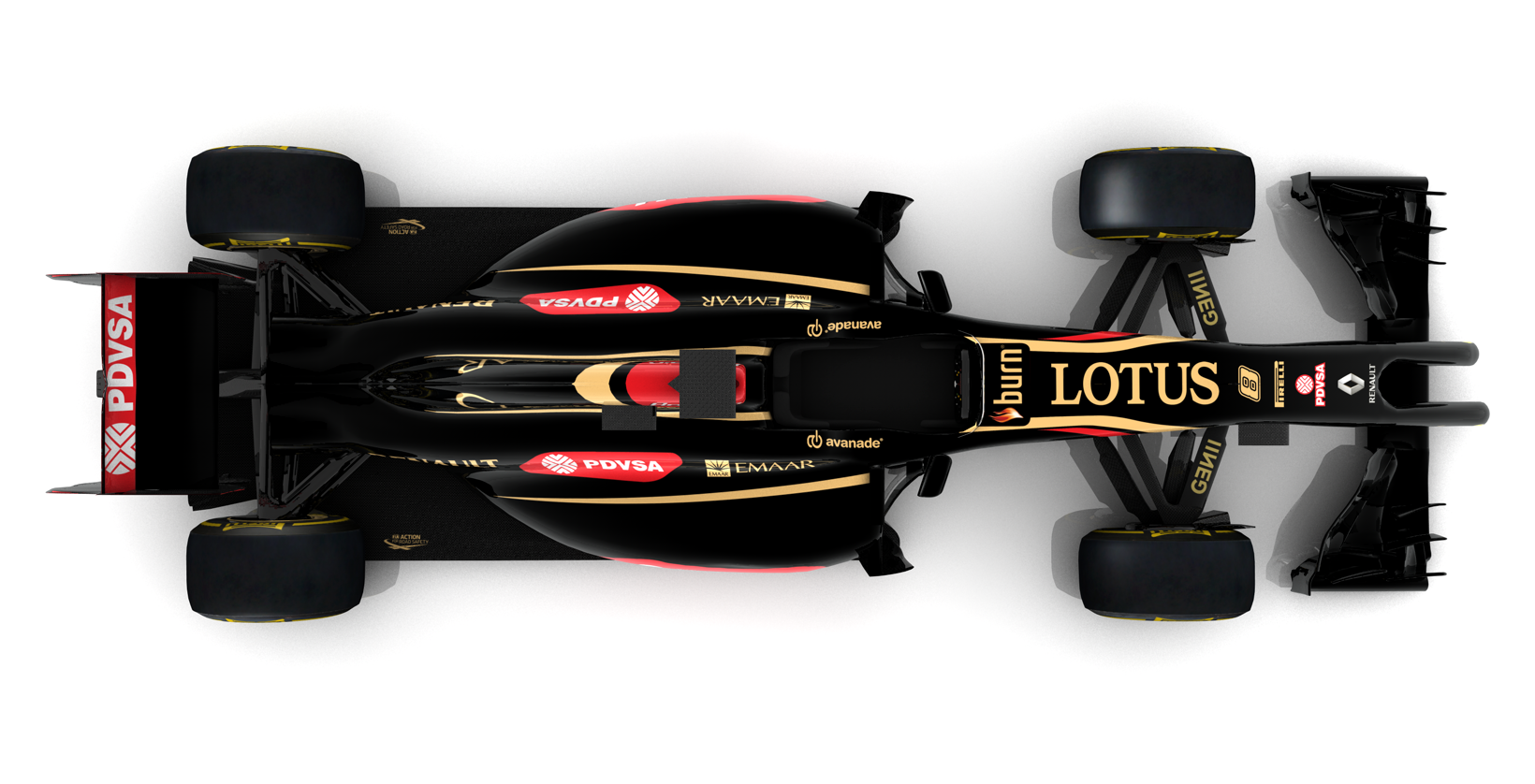in Yellow pylon

http://www.newsf1.it
Interesting rumorsFrukostScones wrote:http://translate.google.de/translate?sl ... ml&act=url
AMuS: Lotus with extreme and uncopyable engine installation
OK I understand the Lotus nose now.....
The two tusks are unequal lengths, longer one forms the 9000mm2 tip, the other is also a crash strcuture, both act as Y250 flow conditioners
Matt Somers wrote:Ok decided to draw it anyway for visualization purposes
http://i3.photobucket.com/albums/y62/So ... 1eb2a4.jpg
So the nose structure is defined in green with the lower tooth section extending to meet with the front of the pylon (Pylons shown in aqua) on the right (Pylon is 25mm and the frontal section of the tooth is 58.26mm) this means that at 50mm rear of the tip the Nose section is inserted into the pylon by 20mm to overcome the 9000mm2 in the regulations. (Think of a Dovetail joint etc in woodworking and then have a look at the quick sketch in the top right hand corner of how you can rob surface area from the Pylon)
The other side of the nose (tooth) cannot project into the same area/space as otherwise you have a conflict with the wording of the regulations (centre). Therefore to create symmetry for aero the yellow section depicts the vanity panel.
I still think the crash test is the largest downfall factor in this design, let alone getting around the wording in the regulations that would almost certainly see a clarification issued (if there hasn't been already).
*Obviously bear in mind I haven't gone to the effort of scaling things in the image







http://www.racecar-engineering.com/cars/lotus-e22/Racecar Engineering also understands from sources within the team that the E22 has a very clever mechanism for transmitting torque from the power unit to the transmission, which offers much greater performance than others seen by some team suppliers.